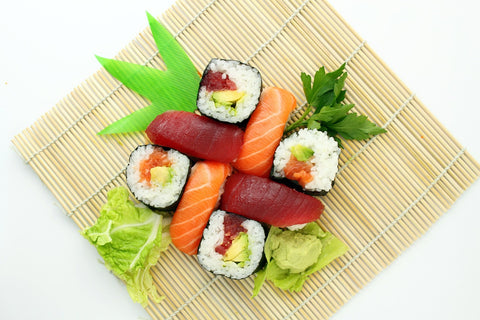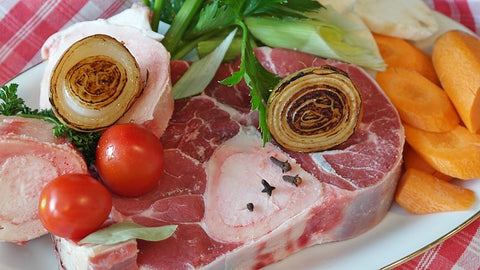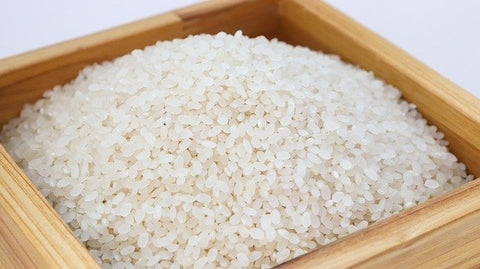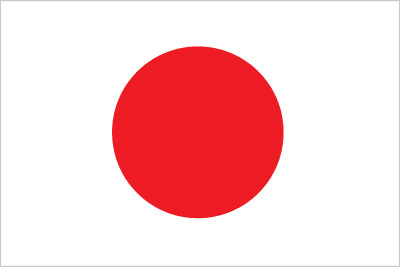
Japanese food that Germans like. What are the recommended Japanese foods and seasonings that make you happy when cooking?
When I am living in Germany as a student or a working adult, I am often asked by my friends and colleagues, "Can you make some Japanese food?"
At that time, many people are probably wondering what kind of Japanese food they will be pleased with.
We will answer these questions here.
Japanese food that makes you happy when made in Germany and ingredients that are preferred
We will explain Japanese food that is popular in Europe and Germany, and whose ingredients are available at local supermarkets and Japanese food stores.
It is especially useful for those who don't want to make mistakes when inviting friends and colleagues to a Japanese food party.
Standard of standard, sushi

The most asked question by Germans and foreigners is undoubtedly, "Can you make sushi?"
The most well-known and popular Japanese food overseas is sushi, and in many cases this is the first question asked.
To be honest, making nigiri sushi is not impossible, but it is very difficult for amateurs.
Therefore, it can be said that sushi rolls are suitable for serving others.
So, here I will explain with the idea of making sushi rolls in mind.
The main ingredients of sushi rolls are rice, vinegar, seaweed, seafood, vegetables and seasonings.
Rice and vinegar are often sold in supermarkets in Germany, and if you don't need Japanese rice or ready-made sushi vinegar, you can easily get by, but if you are particular about it, you can buy it at a Japanese food store. need to do it.
Of course, instead of sushi vinegar, you have the option of purchasing sushi-no-ko from a Japanese food store.

Nori is not available in small German supermarkets, so it can be purchased at large supermarkets.
Seafood can be purchased at supermarkets if it is salmon, but there are also shops that carry frozen shrimp and shellfish for other options.
However, tuna and white fish are rarely handled, and there is a problem that it is doubtful whether they can be eaten raw.
Vegetables such as lettuce and cucumber are common, but luckily in Germany you can buy these ingredients at supermarkets.
As for other seasonings, soy sauce is gradually gaining citizenship in German and European supermarkets, and the number of stores that carry it is increasing, so it is not so difficult to find it.
However, they do not have sashimi soy sauce, so if you need it, including wasabi, you will need to purchase it from a Japanese food store.
Also, mayonnaise can be bought at supermarkets, so it's not a problem, but be aware that mayonnaise tastes different from Japanese mayonnaise.
Popular as a healthy food, miso soup

Miso soup is a popular Japanese food, especially among health-conscious people.
It's not a staple food, but if you serve it with other Japanese foods or serve it as a light meal, it will make people happy.
The main ingredients needed to make miso soup are miso, vegetables, dashi stock, and others (tofu, etc.). 
Miso is not readily available in German supermarkets, but BIO supermarkets may carry it.
However, if you are particular about miso, or if you want to choose red or white, you will need to purchase it at a Japanese food store.
I think that what you want to put in vegetables is different depending on the person, but for example, you can basically buy carrots, potatoes, onions, eggplants, etc. at any supermarket in Germany, but supermarkets that carry green onions are more expensive Please note that there are few.
Dashi is only sold at Japanese food stores, so if you absolutely need it, look for it there.
I think there are various other things you want to add, such as tofu, wakame seaweed, and fried tofu. must be purchased at a Japanese grocery store.
By the way, some supermarkets sell instant miso soup, so if that's enough for you, you can look for it at supermarkets or Japanese food stores.
Popular seasoning, teriyaki sauce

It may come as a surprise to some, but there are quite a few people overseas who like Japanese teriyaki.
Teriyaki sauce is one of the most common ingredients in Japan, probably because it suits the tastes of Germans and Europeans.
Also, teriyaki sauce can be easily made at home if you have the ingredients.
All you need is soy sauce, mirin, cooking sake, and sugar.
As I explained in the sushi part, soy sauce is not only available in Japanese food stores, but also in supermarkets in Germany and other European countries, and it is relatively easy to prepare.
However, mirin and cooking sake are rarely available in German supermarkets, so you need to buy them at a Japanese food store.
Sugar is available at any supermarket, so there is no problem.
Extra, fried rice

It's not exactly Japanese food, but there are times when people from overseas say they want to try it, and when I served it, they were happy to serve fried rice.
It can be eaten at Chinese restaurants and Vietnamese restaurants, and it is a popular dish that can be eaten at restaurants and at home because it is relatively easy to obtain ingredients even in Germany and it is not difficult to make.
Thanks to the fact that it can be eaten at restaurants, it is also known to Germans, and is an easy and recommended dish.
The main ingredients are vegetables, rice, eggs and seasonings.
As for vegetables, carrots, onions, etc. are easy to gather, as are other Japanese food ingredients.
Cold rice may be used in many cases, but it is possible to prepare it by the method described in other Japanese foods, and even indica rice is often sold in supermarkets in Europe. You can align them without any problem.
As for seasonings, you can buy salt and pepper anywhere, but some people may want to add seasonings such as chicken stock powder to make it even more delicious.
In that case, Ajinomoto is sometimes available at supermarkets, but other ingredients like chicken stock soup may not be available at small supermarkets, so you can buy it at large supermarkets, Japanese food stores, and Asian stores. Let's go to the shops.
summary
The above is a commentary on Japanese food that will make you happy if you make it in Germany.
It's quite common for a friend or colleague to say, "Well, I'm going to visit this weekend, so can you make it for me?"
In such a case, I hope that you will refer to this article in particular and think about what you can buy and where you can make it in time.
If you don't have a Japanese grocery store in your neighborhood, or if you want to be ready to respond to sudden requests at any time, online shops are extremely convenient.
Our company is also based in Germany and handles various Japanese food ingredients and seasonings such as soy sauce, mirin, and sushi in our online shop .
Shipping within Germany is free for purchases over 50 euros, so please take a look.







































































